UHF Licence Plate
A UHF license plate is a vehicle registration plate embedded with a UHF (Ultra High Frequency) RFID (Radio Frequency Identification) tag.
These tags enable electronic vehicle identification, offering benefits for various applications like toll collection, access control, and traffic management. The RFID tag is typically integrated into the license plate and can be read by authorized readers, often at a distance, even in high-speed traffic.
Here’s a more detailed explanation:
-
RFID Technology:UHF RFID tags operate on the Ultra High Frequency spectrum (typically 860-960 MHz) and use radio waves to automatically identify and track tags attached to objects.
-
Integration:The RFID tag is embedded or attached to the license plate, making it a part of the vehicle’s identification.
-
Electronic Identification:When a vehicle with a UHF license plate passes an RFID reader, the tag’s unique identification code is transmitted to the reader.
-
Applications:
- Toll Collection: UHF license plates can be used to automate toll payments on highways, eliminating the need for manual toll booths or transponders.
- Access Control: They can be used for access control in parking lots, gated communities, and restricted areas.
- Traffic Management: UHF license plates can be used to track vehicles for traffic monitoring and management purposes.
- Border Control: They can facilitate faster and more efficient border crossings.
- Vehicle Registration and Tracking: The tags can be used to streamline vehicle registration and tracking processes.
- Toll Collection: UHF license plates can be used to automate toll payments on highways, eliminating the need for manual toll booths or transponders.
-
Security Features:UHF license plates often include security features like password protection, encryption, and tamper-proof designs to prevent unauthorized access or manipulation of the tag’s data.
-
Durability:The tags are designed to withstand harsh outdoor conditions and potential damage from the environment.

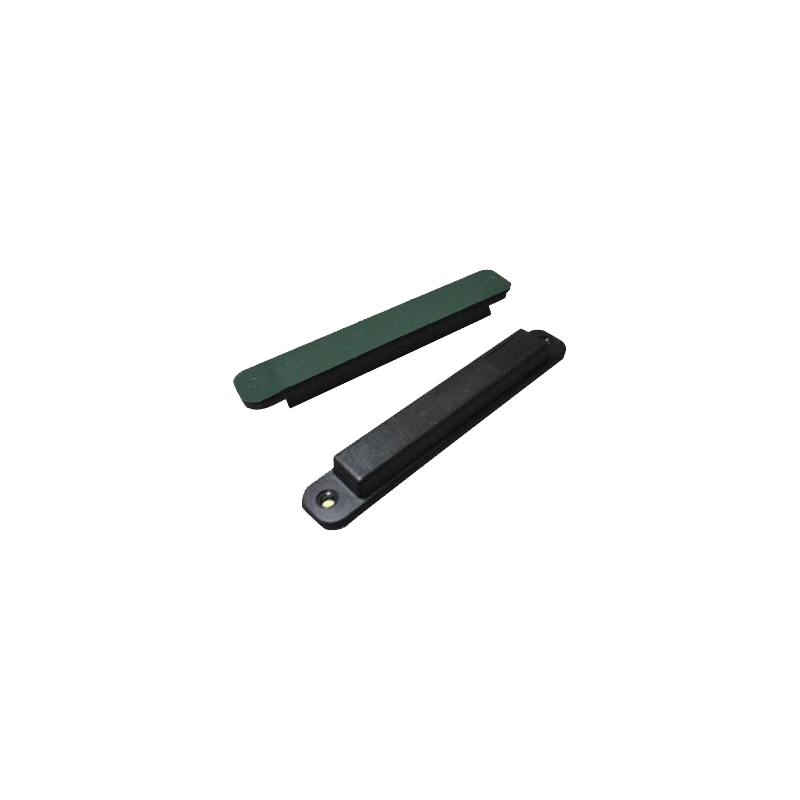
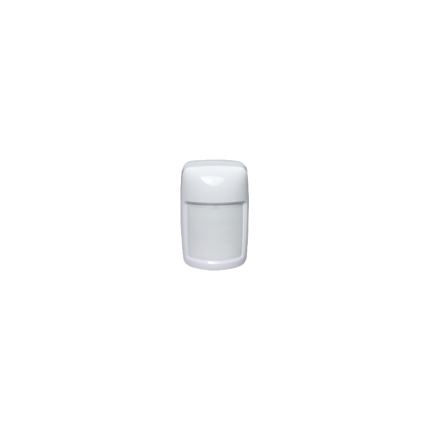
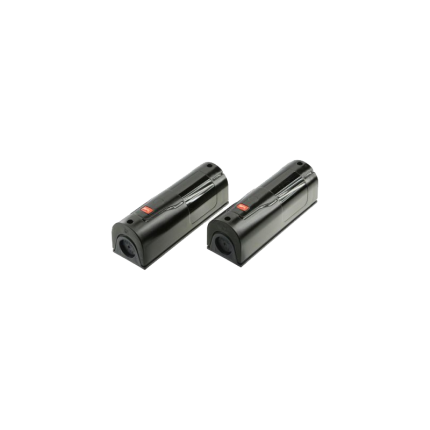

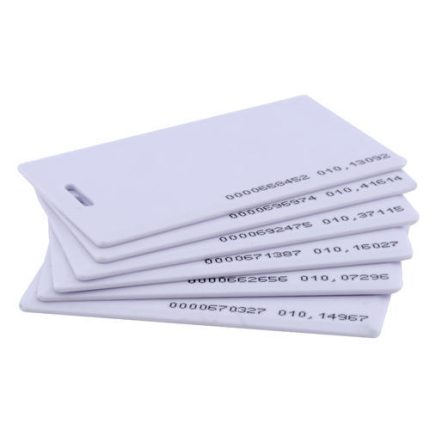
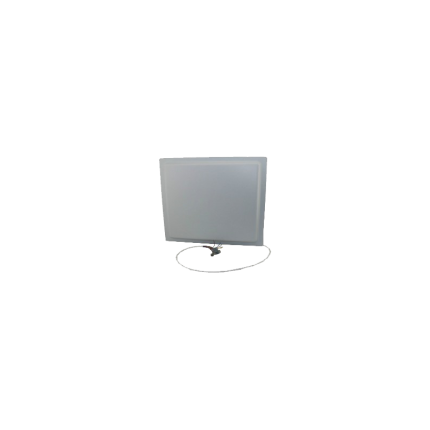
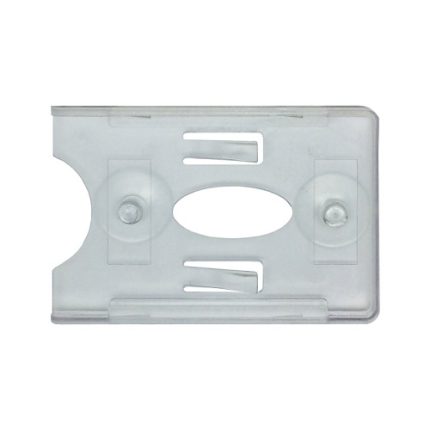
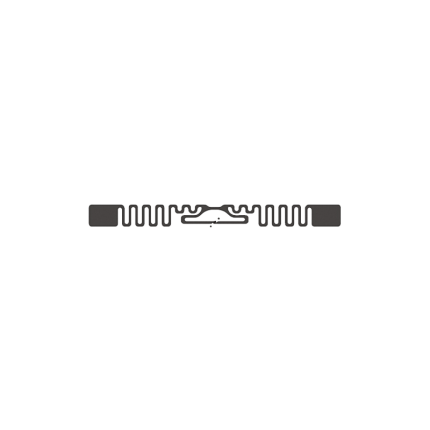
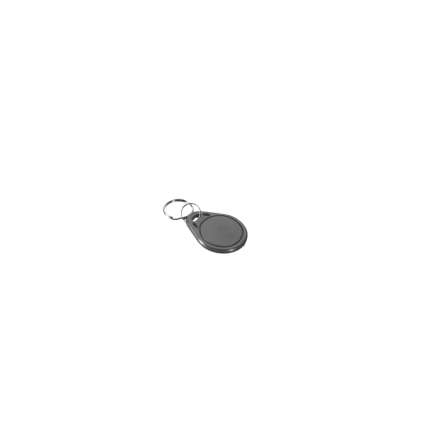
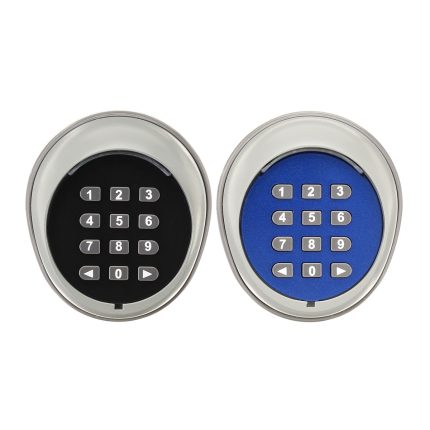
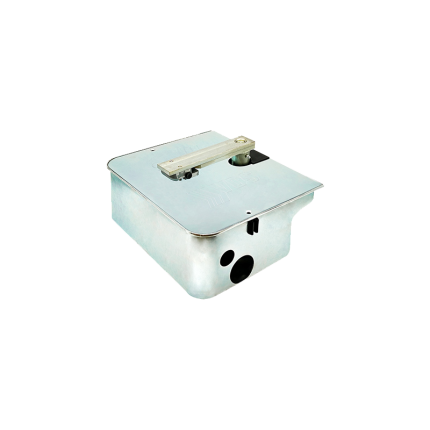
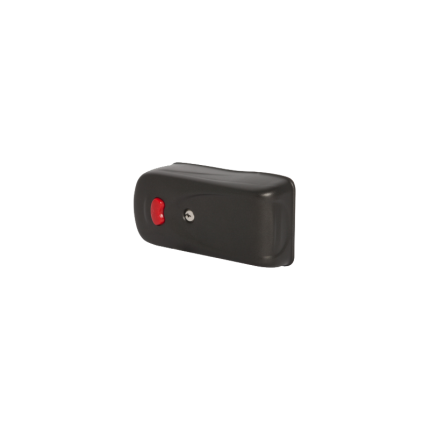
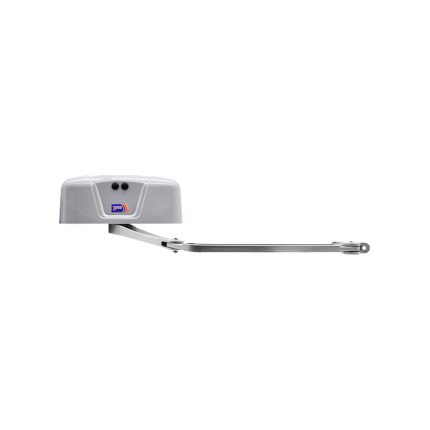
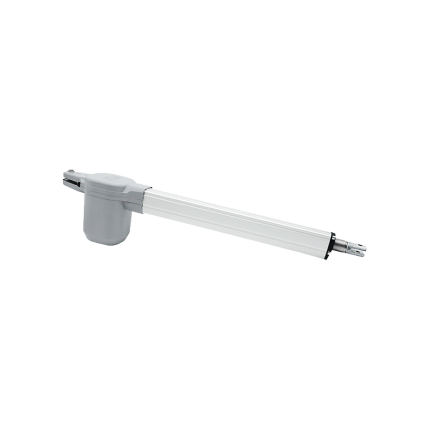
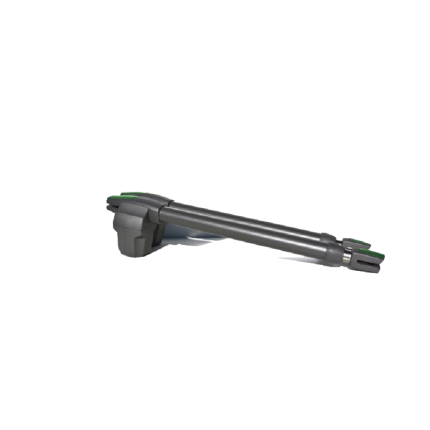


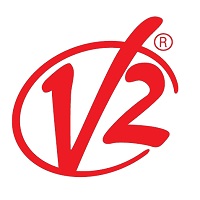
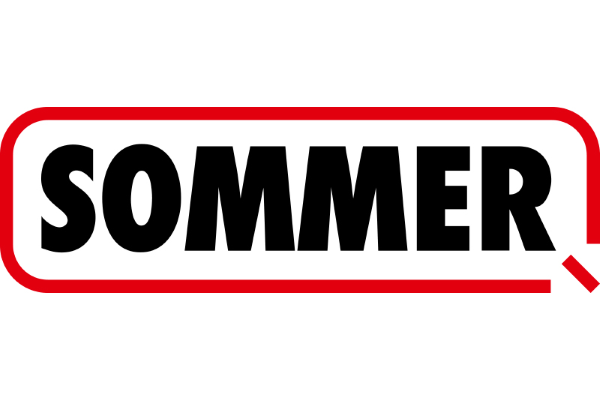
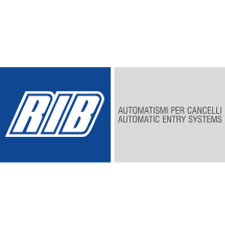
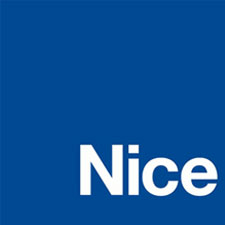
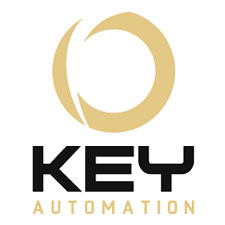
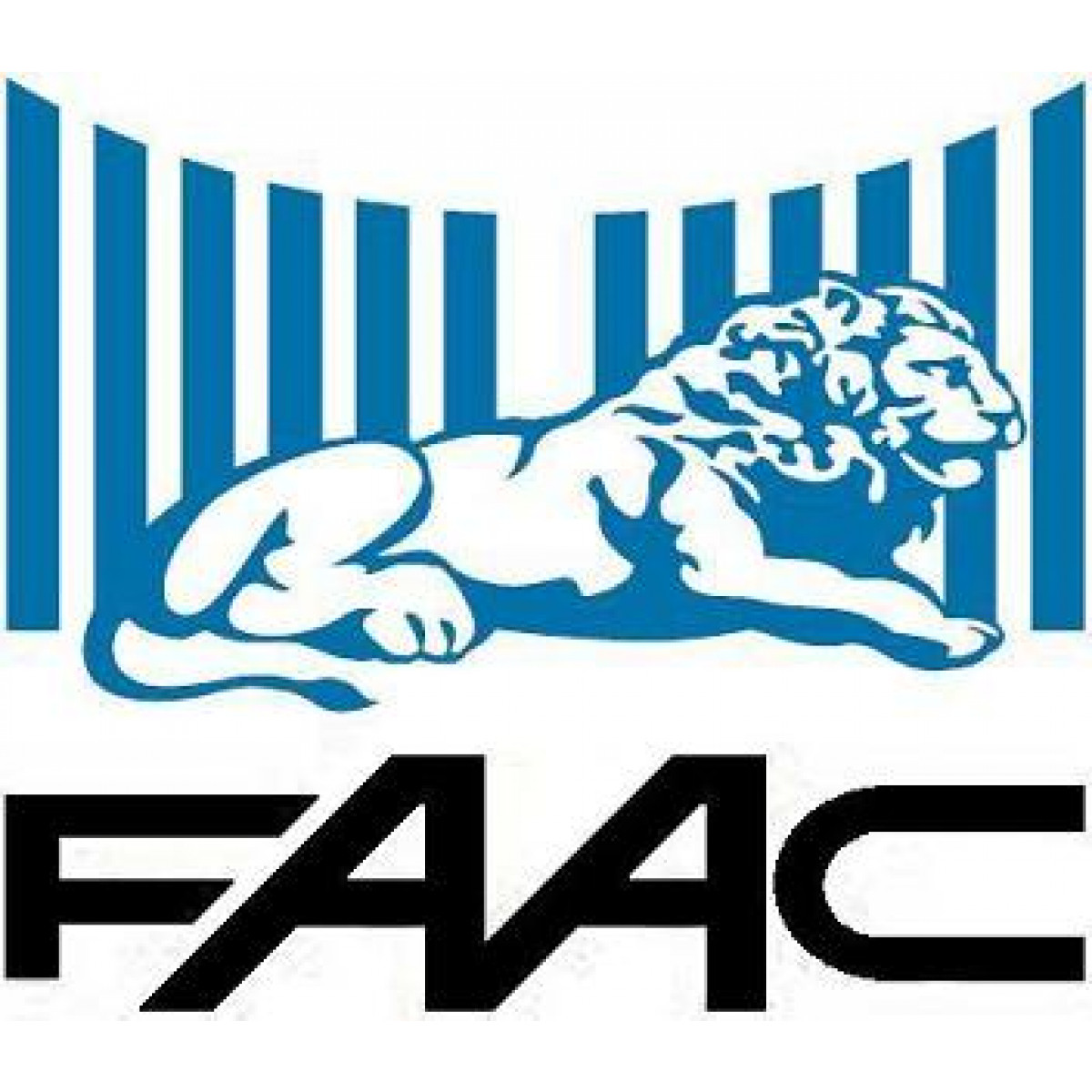

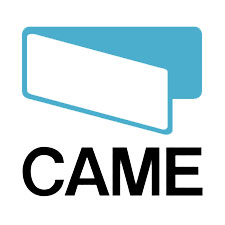

Reviews
There are no reviews yet.